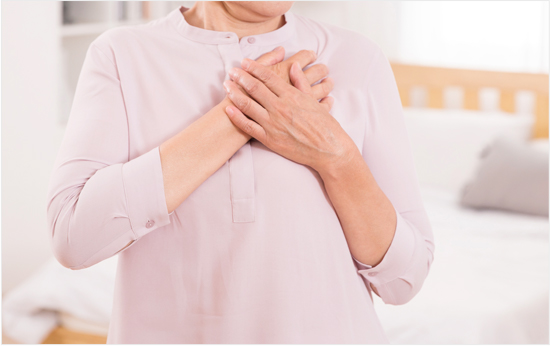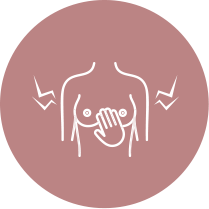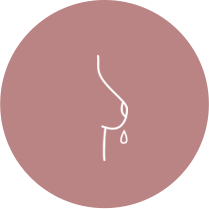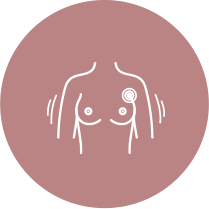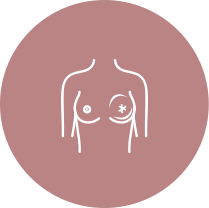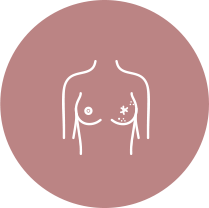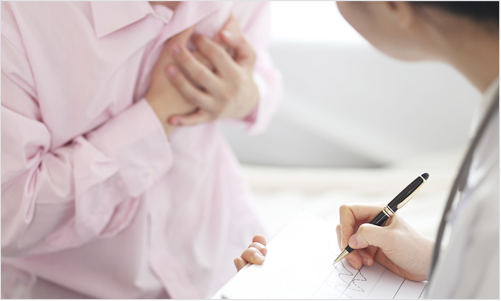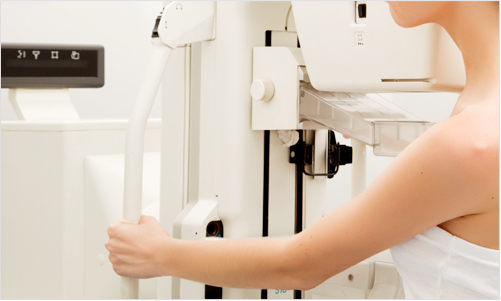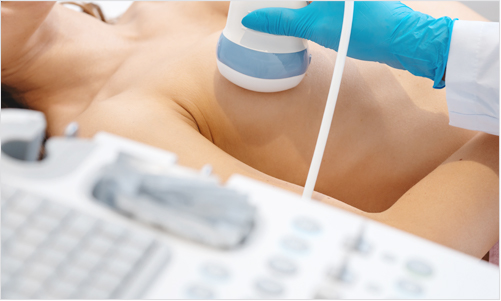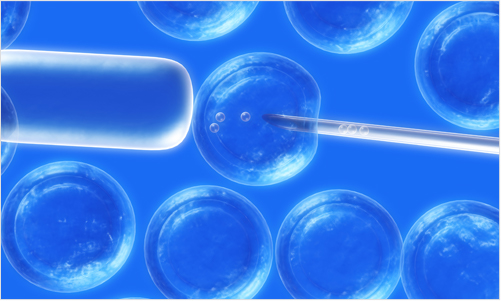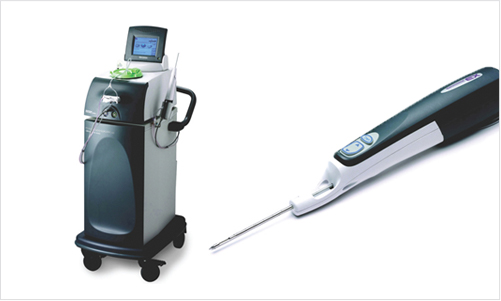From the moment we first meet with patients,
we will take care of them like a family with faith, hope, and love.
Wellness Hospital treats even the hearts of customers through experts treatment and specialized medical services.
Breast cancer, which accounted for only 8.7% of women's cancers in 1984, has reached 15.1% of women's cancers in the 2000 survey, following after gastric cancer, which accounted for 15.6%. This increasing trend is highly likely due to changes in lifestyle, such as diet, Western lifestyle, the trend of having a first menstruation at a younger age, or having fewer children, avoiding breastfeeding, and using contraceptives. There is no specific preventive method for breast cancer, so early diagnosis is of utmost importance. With regular self-diagnosis, more than 50% of early detection is possible.
Women at higher risk of breast cancer
01
Women who have a family member that has breast cancer
02
Women who have never had a parturient delivery
03
Women who had menarche before age 12, Women whose menopause occurred after age 55
04
Obese women
05
Non-breastfeeding women
-
1
A hard lump is palpable and may be painful.
-
2
Secretion from the nipple.
-
3
Palpable lump in the armpit.
-
4
Breast skin thickens or sinks like an orange peel.
-
5
The nipples become indented.
Scales or eczema develop.
-
· Breast examination
It is a palpation test in which an experienced specialist examines the breast by touching it with his hands. If the size is more than 1 cm, it is easily recognized. The advantage of mammography is that it can detect microscopic lesions early. Although it can usually be detected 1 to 2 years before being touched, microscopic breast cancer in young women or pregnant women is not easy to detect.
-
· Mammography
Obtaining image data of breasts through special X-ray devices.
-
· Ultrasound
Compared to Western women, Korean women often have dense and hard breast tissue, so sometimes lumps do not appear on X-rays. Therefore, if a lump is suspected, an ultrasound examination may be necessary. Ultrasonography is effective in detecting small lumps less than 5 mm in diameter or early breast cancer. Because there is no risk of radiation, it is widely used as a primary test for young women under the age of 30 and pregnant women.
-
· Fine needle aspiration cytology
A method to check for cancer cells by piercing a lump with a thin needle and absorbing the cells.
-
· Biopsy
If abnormalities are found on X-ray or ultrasound examination, the name of the disease can be confirmed through biopsy. In the past, the breast was incised to remove the tissue, but recently, the 'Mammotome Inspector', which can perform an accurate biopsy without a wound, has been introduced, making the diagnosis easier.
Recommended Breast Examination
-
1
Self-examination for adult women (once a month)
It is said that more than 50% of breast cancers can be detected earlier with regular self-examination. Pre-menopausal women should do it 2-3 days after menstruation, and menopausal women should do it regularly on a set date.
-
2
Women over the age of 30
should have regular mammograms or ultrasounds once a year.
-
3
Between the ages of 20 and 30
A check-up once a year.
-
· Breast self-examination is a self-examination by touching your breasts once a month.
01
Stand in front of a mirror and examine your breasts. The breast shape, size, skin depression, and the presence or absence of secretions should be checked and observed.
02
Standing in front of a mirror, place your hands behind your head and tilt forward to examine your breasts.
03
Place your hands on your hips and lean forward to examine your breasts closely.
04
Raise your left arm, draw a concentric circle with the tip of your right hand, and gently touch the breast from the armpit in a clockwise direction. Narrow the circle and try enough to touch the nipple. (it is convenient to examine with soap-soaked hands while taking a shower.)
05
Gently squeeze the nipples to check for any secretion.
06
Lay down with a towel or pillow on your shoulder and repeat the steps.
